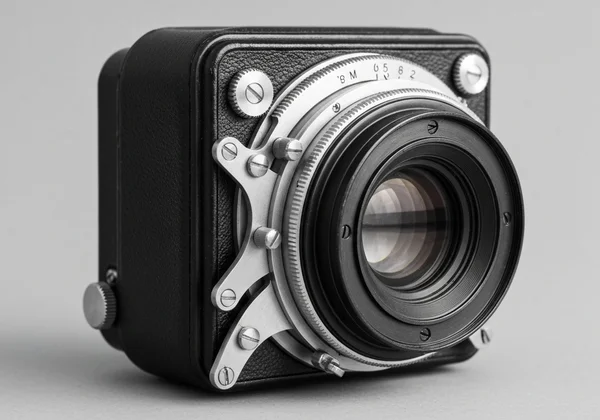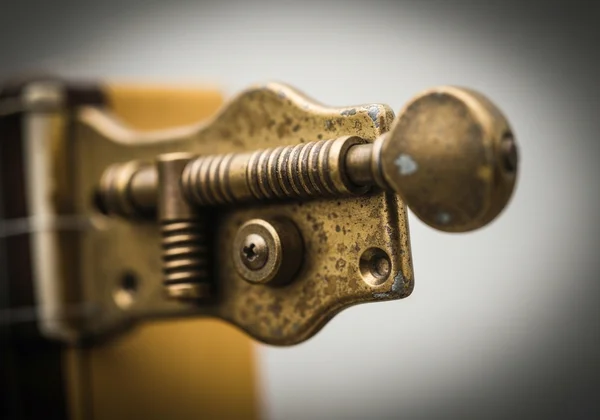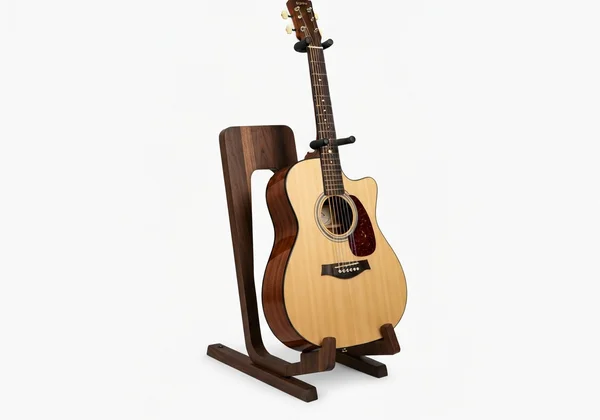TunerNinja Guide: Why Your Instrument Won't Stay in Tune & How to Fix It with Our Free Online Tuner
Are you constantly re-tuning your guitar, ukulele, or bass? It's a frustrating experience that can dampen your musical journey. Before you blame your tuner (or yourself!), let's explore the common culprits behind tuning instability. How to tune a guitar for free online if it just won’t hold its pitch? This guide will equip you with the "ninja techniques" to diagnose and fix these issues, helping you keep your instrument perfectly pitched. Discover practical solutions that will make your practice sessions and performances sound infinitely better. With the right knowledge and a precise online instrument tuner, you can conquer this common challenge.

The Usual Suspects: Common Causes of Tuning Stability Problems
Often, the source of tuning trouble is simpler than you think. Before assuming your instrument has a major flaw, let's investigate the most frequent offenders. These issues are common for both new and experienced players, but thankfully, they are usually easy to fix.
Old or Worn-Out Strings: A Hidden Problem
Strings are the lifeblood of your instrument's sound, but they don't last forever. Over time, they lose their elasticity and tonal brightness due to constant tension, finger oils, and microscopic debris. A worn-out string struggles to vibrate consistently, making it nearly impossible to hold a stable pitch. If you notice your sound is dull, see signs of corrosion, or can't remember the last time you changed them, it’s time for a new set. This is the single most effective fix for many tuning issues.
Improper Stringing: When Tension Goes Wrong
How you put your strings on matters just as much as their quality. A common mistake is having too few or too many wraps around the tuning post. Too few wraps can cause the string to slip under tension, while too many can create overlapping coils that shift and settle, throwing off your tuning. A good rule of thumb is to aim for three to four neat wraps for the wound strings and four to six for the plain strings, with each new wrap going underneath the previous one. This "locking" effect creates a stable anchor point.
The Stretching Phase: New Strings and Their Quirks
So, you've just put on a fresh set of strings, but your instrument still won't stay in tune. This is perfectly normal! New strings need a break-in period to stretch and settle into their final tension. You can speed this process up by gently stretching them. After tuning each string to pitch, carefully pull it away from the fretboard a few inches and hold for a moment. It will go flat. Retune it and repeat the process a few times. Once the string holds its pitch after a stretch, it has stabilized.

Hardware Hiccups: Fixing Tuning Pegs and Instrument Mechanics
If your strings are in good shape and properly installed, the next place to look is your instrument's hardware. These mechanical components are responsible for holding the string tension, and even minor issues can lead to major tuning headaches.
Slipping or Loose Tuning Pegs: Tightening Up Your Sound
Tuning pegs, or machine heads, can sometimes become loose. If a peg turns too easily or feels wobbly, it won’t be able to hold the string's tension against your playing. Check the small screw on the end of the tuning button; if it's loose, a gentle turn with a small screwdriver can often solve the problem. Also, check the nut that secures the tuning post to the headstock and tighten it if necessary. This simple adjustment can dramatically improve your instrument’s ability to stay in tune.
Nut and Bridge Issues: The Often-Overlooked Culprits
The nut and the bridge are the two points where the string makes contact with the instrument. If the slots in the nut are too tight, they can "pinch" the string, preventing it from moving smoothly as you tune. You might hear a "ping" sound as the string suddenly slips, causing it to go sharp. A quick, temporary fix is to lubricate the nut slots with a small amount of graphite from a pencil tip. If the problem persists, you may need a professional to file the slots correctly.

External Factors: Environment, Playstyle, and How They Affect Pitch
Sometimes, the problem isn't the instrument at all, but the world around it and how you interact with it. These external factors can have a surprisingly large impact on your tuning stability.
Temperature and Humidity Swings: Your Instrument's Silent Enemies
Most acoustic and electric instruments are made of wood, a material that expands and contracts with changes in temperature and humidity. Taking a guitar from a cool, air-conditioned room into the humid summer air can cause the wood to swell, altering string tension and throwing your tuning out of whack. This is especially noticeable on instruments like the ukulele, which is why a ukulele keeps going out of tune when moved between environments. Try to store your instrument in a stable environment and give it time to acclimate before playing.
Aggressive Playing and String Bending: Pushing the Limits
Your playing style directly affects your tuning. If you play with a heavy hand, perform aggressive strums, or love big string bends, you are putting more stress on the strings and hardware. This isn't a bad thing—it's just a reality of physics. It means you'll need to tune more frequently than someone with a lighter touch. An accurate and fast web based tuner is an essential tool for players who push their instruments to the limit, allowing for quick checks between songs.

Master Your Pitch: Keeping Your Instrument Tuned Like a Ninja
Tuning stability is a puzzle with many pieces: strings, hardware, environment, and technique. By working through these common culprits, you can systematically diagnose and solve whatever is causing your instrument to go out of tune. Regular maintenance and careful observation are your best weapons.
Once you’ve addressed the underlying issues, the final step is to use a tuner that is as precise and reliable as your newly stabilized instrument. A high-accuracy tool is essential for setting your pitch perfectly. It's time to stop the frustration and start enjoying the music. Ready to get that perfect pitch? Tune it now with our free, ultra-precise online tuner.
Frequently Asked Questions About Instrument Tuning Stability
How often should I change my instrument strings to maintain optimal tuning?
This depends on how often you play, but a general guideline for an active player is every 1-3 months. If your strings look discolored, feel rough, or sound dull, it's time for a change. Fresh strings are key to great tone and stable tuning.
Can temperature and humidity really affect my instrument's tuning?
Absolutely. Wood is porous and reacts to its environment. Drastic changes in humidity or temperature cause the wood to expand or contract, which alters the tension on the strings and affects the overall pitch. Storing your instrument in a case with a humidifier can help minimize these effects.
What's the best way to prevent new strings from going out of tune quickly?
The key is to pre-stretch them. After installing a new set and bringing them up to pitch, gently pull each string up and away from the fretboard. This will make the pitch go flat. Retune and repeat this process a few times until the string stays in tune after a stretch. This helps them settle much faster.
Is TunerNinja accurate enough to detect minor tuning stability issues?
Yes. TunerNinja is engineered with a precision of ±0.1 cents, making it more accurate than many hardware tuners. This level of precision is perfect for identifying subtle pitch shifts that indicate a problem with your strings or hardware, helping you diagnose issues before they become severe. You can try our free tool to see the difference for yourself.
When should I consider professional help for persistent tuning problems?
If you've changed your strings, checked your hardware, and controlled for environmental factors but your instrument still won't stay in tune, it's time to see a professional luthier or guitar tech. They can diagnose deeper issues like a warped neck, a poorly cut nut, or problems with the bridge that require specialized tools and expertise.